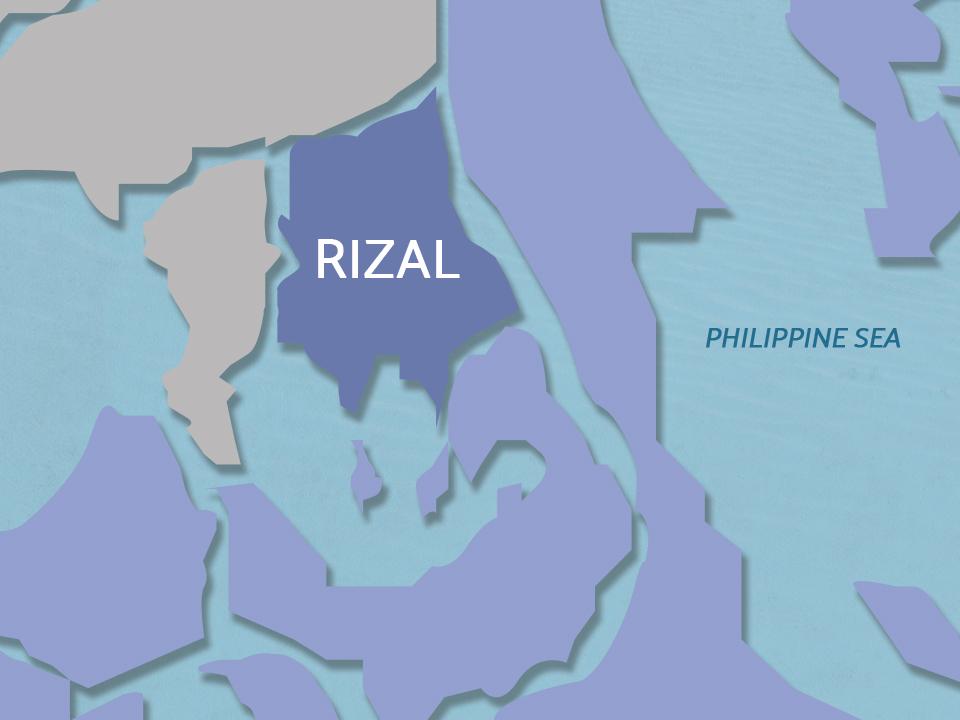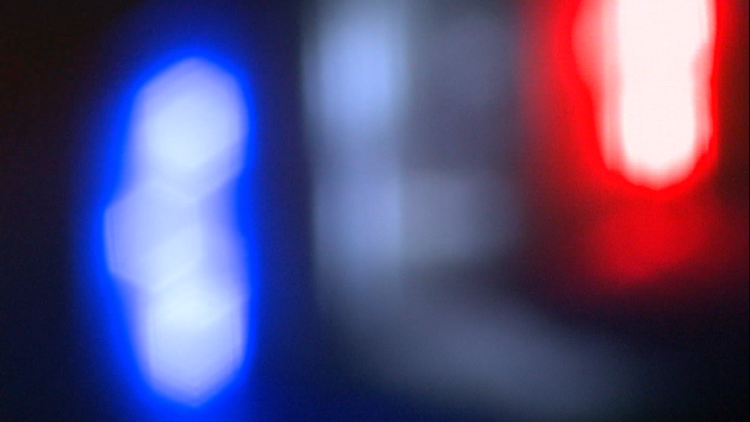The Sunnyside Prescribed Fire plumes smoke over the town of Aspen on Monday. The designed fire ignited 900 Red Mountain acres. The operation was mostly completed by Monday night, but crews are monitoring for spot fires for the next couple of days.
Remnants of Monday’s prescribed burn will smolder on Red Mountain for a few more days, but the benefits to wildlife and ecological health are expected to last much longer. Federal crews ignited the 900-acre Sunnyside Prescribed Fire via aerial and hand ignition, targeting oak shrubs and aspen trees. The goal is to encourage new growth for winter range grazing for elk and mule deer, plus eliminate fuels to minimize wildfire risk.

Phil Nyland, a wildlife biologist with the Aspen-Sopris Ranger District of the White River National Forest, said the site was first identified as a prime location for a prescribed burn 20 years ago. Threats to winter range areas are largely human-caused, with development and a historical fear of fire. They can spend summer in higher elevations, but winter ranges need fire to regenerate sprouts and shrubs.
“What we know from the science of big game, winter and production areas are the same places that humans like to have homes and parks,” Nyland said. “Because of development, we’ve concentrated animals into smaller areas. That’s more mouths feeding on a smaller area.
” The burn is part of the Aspen-Sopris Wildlife Habitat Improvement Project, which is meant to implement prescribed fire and mechanical treatments in blocks of forest, shrubland and grassland to improve wildlife browse and foraging habitat. The ecosystem is fire adapted, he said, and the dead winter forage needs fire to regenerate. It’s beyond food, with aspens providing a critical calving location to hide from predators.
From left, Phil Nyland, Dan Nielsen, Travis Nichols, Alex Voshell and Shannon Moore analyze the Sunnyside Prescribed Burn on Monday, monitoring wind and smoke. In the Sunnyside area, Nyland estimated that at least 25 different species of birds, which use the land in their various migratory patterns, will benefit from the growth following the burn. The wildland firefighters from the Upper Colorado River Interagency Fire Management Unit, abbreviated as UCR, and other federal lands workers executed the burn, which includes crews from the Bureau of Land Management and U.
S. Forest Service. About 80 crew members gathered at the Aspen Fire Station 64 on Monday morning for the final briefing ahead of the burn.
They then headed out for their stations surrounding the burn area: some below the Red Mountain ditch, others flanking the west side. The helicopter was stationed just below the unit on private property. Efforts by President Donald Trump and Elon Musk’s Department of Government Efficiency to shrink the federal workforce resulted in the loss of thousands of Forest Service probationary workers and others who took the deferred resignation program — including the supervisor and deputy supervisor of the WRNF and at least 15 WRNF probationary workers.
Concerns about wildfire risk are front of mind for many western officials, but the crews on the ground Monday said they had the resources they needed for the Sunnyside burn. Shannon Moore, a fire management officer with the WRNF and UCR, oversaw the briefing and fire as a burn boss trainee. “This is the most people you would probably want,” Moore said after the briefing.
Around 10 a.m. on the ground, crews “slung weather” (measuring humidity and dew point with a tool called a sling psychrometer) to know when humidity and temperature conditions were ideal to start.
It’s a balance — they want hot, dry and windy conditions for a fire to catch and move smoke in the right direction, but not so hot, dry and windy that they risk the burn jumping its perimeter and becoming a wildfire. “We never know with a prescribed fire if they’ll happen,” David Boyd, public affairs officer with the White River National Forest, said. “It’s a balance of moisture.
Things start to green up and they’re not as receptive.” If a prescribed fire is declared a wildfire, it opens up more resources and for the crews. But it’s never what they’re hoping for when starting a burn.
High soil moisture levels, lower temperatures and some wind all contribute to ideal spring prescribed burn conditions. They correlate to low-to-moderate burn intensity in the unit, as opposed to a summer wildfire which can scald landscapes with high-intensity burns. “In the mountains, not every day is a burn day,” Nyland said.
Dan Nielsen, a burn boss on the Sunnyside fire and fuels program manager for the WRNF threw dried grass in the air around 11 a.m., a rudimentary but effective test for wind direction.
It moved west; a good sign. Prescribed fires burn in a mosaic pattern, with varied intensity throughout the unit. Not all of the 900 acres — most of which is White River National Forest land with some private property — burned, but it targeted decadent, dead foliage and fuels.
Features to contain the fire surrounded the burn area, some manmade and others a product of nature. The north and east borders had a couple feet of snow on the ground, while the Red Mountain ditch ran along the south. To the west, two fire lines were burned last fall to prevent the burn from jumping beyond the unit perimeter.
A mastication line — or fire barrier achieved by reducing fuels through grinding, shredding or chopping vegetation — served as a contingency line to the west, protecting private property near the Starwood neighborhood. The burn began with a 20-30-acre test site near the top of the unit. The burn bosses and crews monitored smoke direction and ventilation rate and the flames, with ignition moving downward throughout the day.
Fire moves uphill and with the wind. Rifle Helitack, an aerial and ground firefighting crew that serves the UCR area and more, dropped ping-pong-like balls filled with potassium permanganate and activated by ethylene glycol from about 300 feet above the unit. “It’s not precise,” Travis Nichols, a BLM helitack crew member, said.
“It’s like we’re throwing a handful of rocks in a lake.” They were in the air for a test site around 11:30 a.m.
The balls spark small fires, spreading to the fuels around their landing spots. The burn lasted for most of the rest of daylight, with hand-ignition crews lighting the edges of the unit with flare guns and the aerial crew circling back and forth between their landing zone and navigating the smoke plume above the unit. At the firefighter briefing Monday morning at Aspen Fire Station 67, 80 or so crew members got updates on radio channels and other final protocol ahead of the burn.
The Colorado Department of Public Health and Environment requires permits for prescribed burns that dictate the conditions in which smoke can be generated. Crews monitored wind direction to ensure the smoke moved south, away from Aspen and over Independence Pass where it would dissipate before significantly impacting Twin Lakes and Leadville. Nielsen estimated the burn to cost about $1,000 per acre, calculated with the day-of labor and the cumulative costs.
Pitkin County partially funded the project, according to a press release. It pales in comparison to wildfire costs, Nielsen said, which range from $2,500 per acre to $10,000 per acre or more. The burn area’s position on Red Mountain, in full view from most of Aspen and the ski areas made it one of the most high profile burns in recent memory.
Ali Hager Hammond is the director of community wildfire resilience for Aspen Fire Protection District. She said that the high-profile nature of the Sunnyside burn is an educational opportunity — and a call to action. “We want people to see the action that all of us are taking to reduce risk,” Hammond said.
“We want people to supplement that with their own action — cleaning gutters, implementing a 5-foot buffer around their house, work with neighbors to reduce risk.” Aspen Fire, like many fire districts in the region, offers a free mitigation assessment in which firefighters will assess and recommend mitigation measures for your property. They also have a Wildfire Risk Map .
By 7 p.m., crews had largely wrapped up the Sunnyside prescribed fire.
Some small spot fires popped up downhill of the ditch, put out with water drops from the helicopter. “People can see even now what a slope of oak brush can do,” Boyd said. “That’s what we don’t want to happen in the peak of fire season.
” Small fires could burn in the interior of the unit for a few days, which they prefer to let burn out. Crews will monitor the smoke to ensure they die down. Nyland said new shoots should be visible by July, indicative of bountiful winter grazing for the local fauna.
.
Top

Federal firefighters ignite 900 Red Mountain acres

‘In the mountains, not every day is a burn day’











